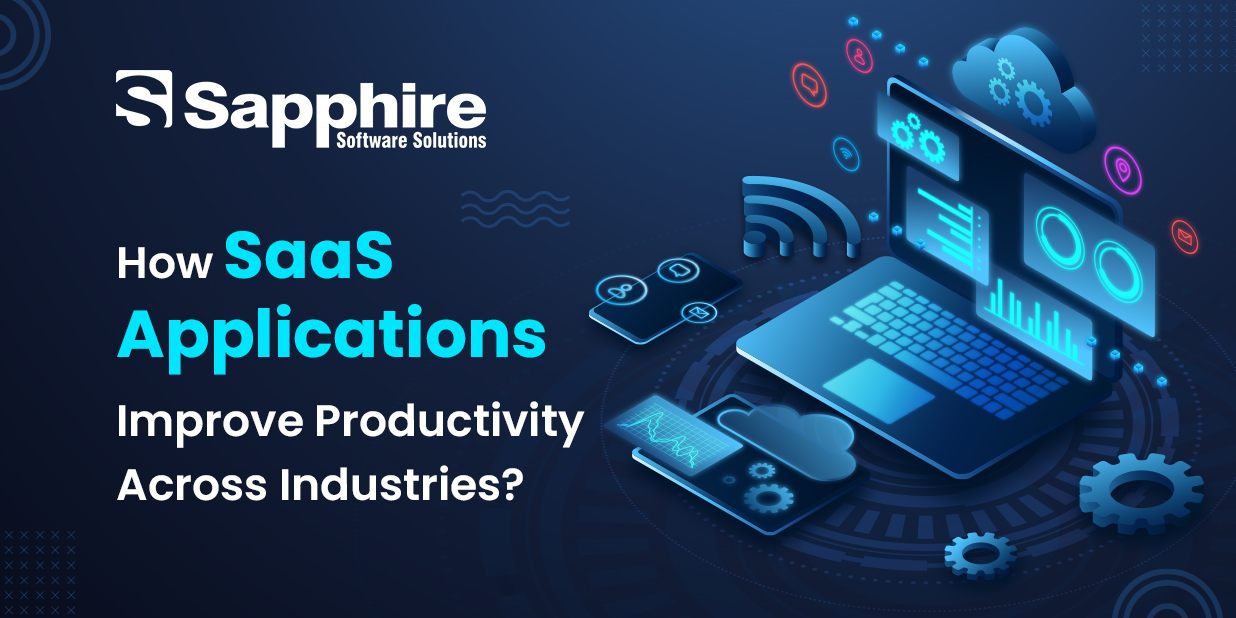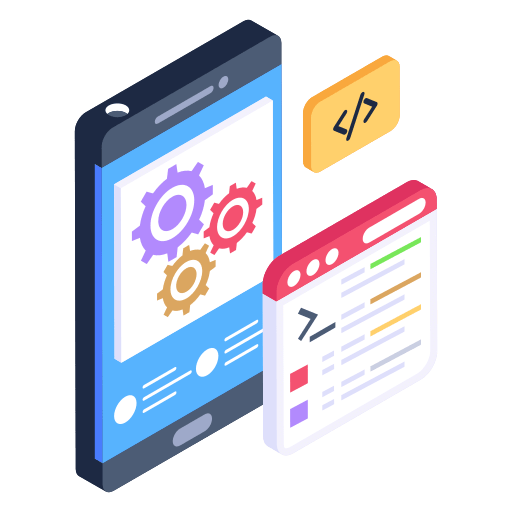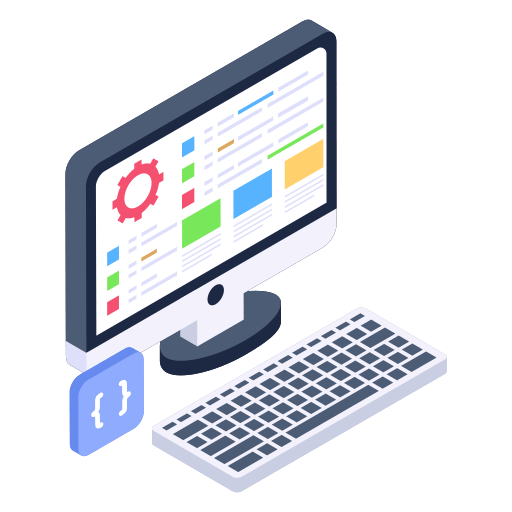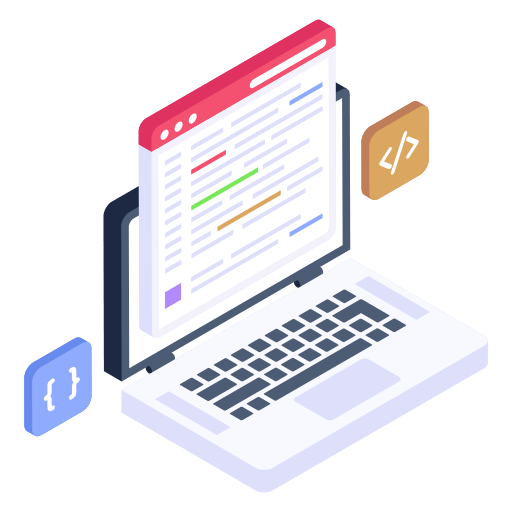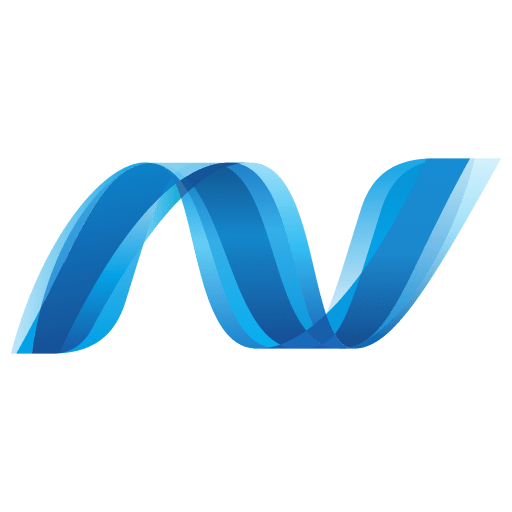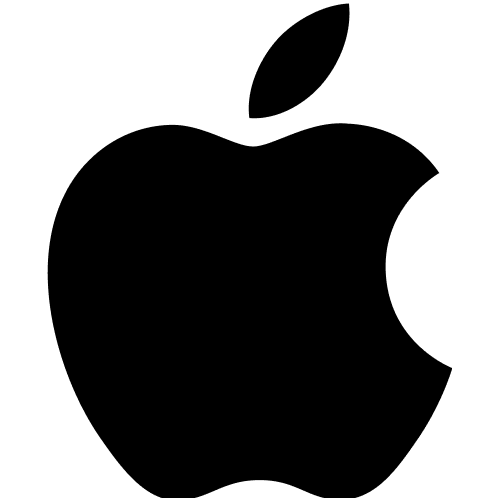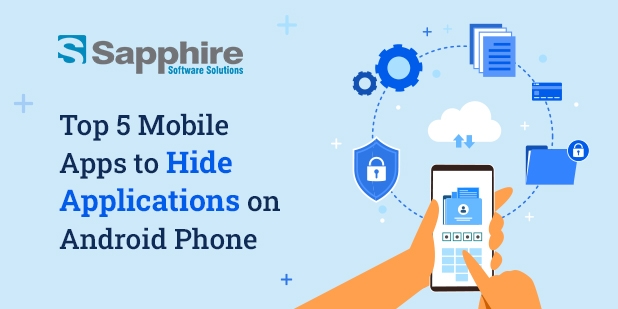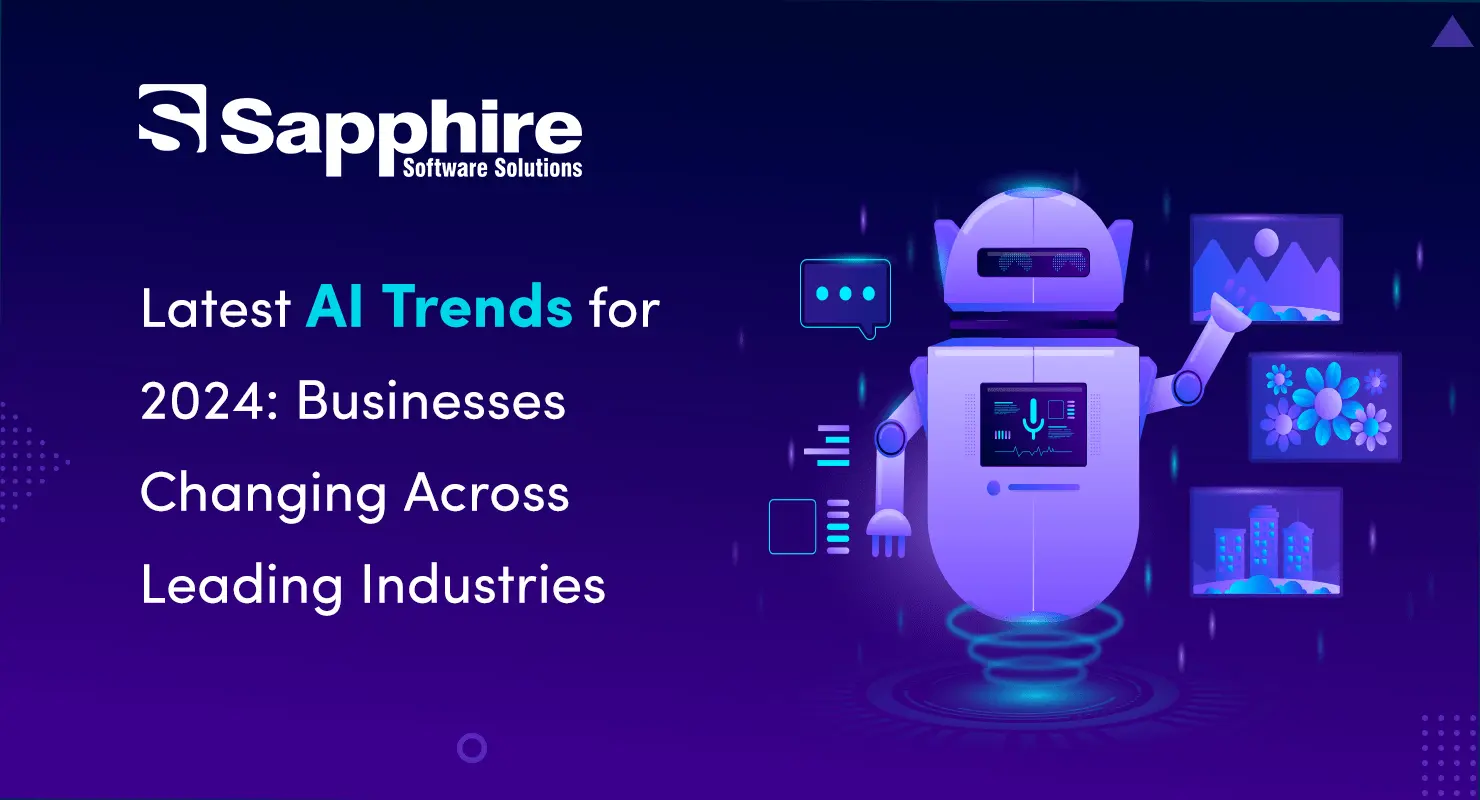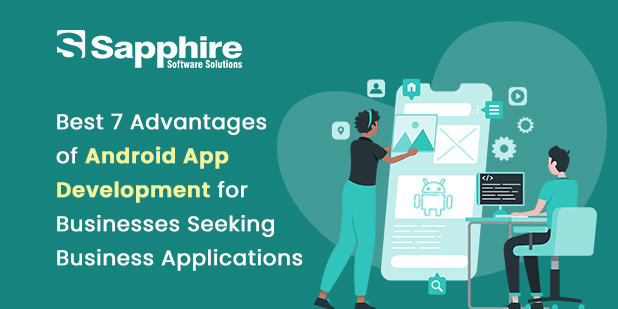The emergence of SaaS apps has significantly changed how businesses function in the business world. Software as a Service (SaaS) platform has emerged as a potent instrument for increasing efficiency across a range of industries, whether you’re a startup looking to expand or a corporation simplifying intricate operations. But why do they work so well? What distinguishes them from conventional software models?
From SaaS-based application development to real-world examples and everything in between, let’s explore how SaaS apps boost productivity and revolutionize how businesses operate.
What is a SaaS Application?
It’s critical to comprehend the fundamentals before delving into the advantages.
A cloud-based software program that is made available online is called a SaaS application. SaaS programs can be accessed through a web browser or SaaS mobile apps, in contrast to traditional software that needs to be installed and maintained on personal computers or servers. Users normally pay a subscription fee, and they are hosted remotely, usually by a third-party supplier.
To put it another way, you rent the software rather than buy it, which removes the need for complicated installs, hardware, and maintenance.
What Does SaaS Application Development Have to Offer?
The process of developing scalable, user-friendly, and effective cloud-based software solutions is known as SaaS application development. It includes everything from UI/UX design, development, deployment, and continuing support to defining the architecture of the SaaS application.
Enterprise systems are not the only products of this kind of development; SaaS mobile apps that let customers run their businesses while on the road are also included.
- quicker time to market
- Lower IT costs
- Integration with other systems is simpler.
- Excellent scalability
- Constant support and updates
Key Features of SaaS Applications:-
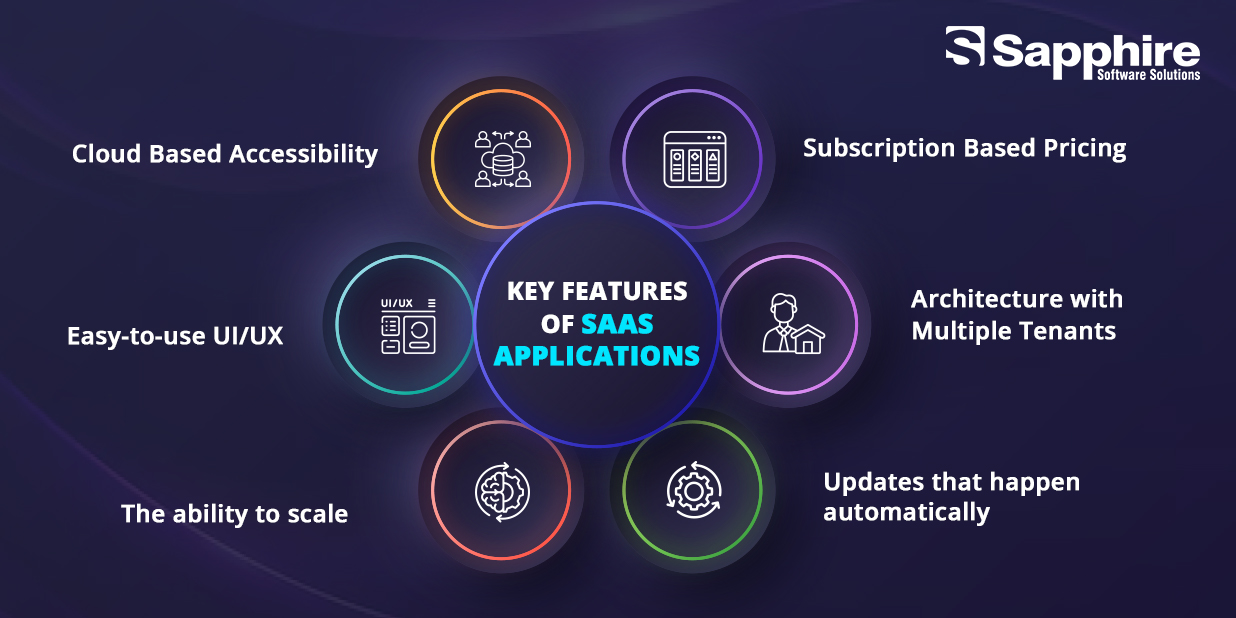
Let’s explore some of the unique characteristics that make SaaS apps essential for contemporary businesses:
- Cloud-Based Accessibility: The application is available to staff members on any device, including laptops and smartphones, at any time and from any location.
- Subscription-Based Pricing: Businesses can only pay for what they use with this arrangement. It aids in cost control and forecasting.
- Architecture with Multiple Tenants: Enterprises benefit from improved performance, more security, and lower expenses when a single version of the software serves numerous users or enterprises.
- Updates that happen automatically: Upgrades must not be done by hand. The SaaS development business releases updates regularly and with ease.
- The ability to scale: Scaling is easy with SaaS application management, whether you’re adding users or integrating new modules.
- Easy-to-use UI/UX: To reduce the learning curve, modern SaaS UI prioritizes user experience, intuitive design, and simplicity.
What Are the Benefits of SaaS Integration?
Productivity increases when SaaS apps are linked with pre-existing systems like marketing automation tools, CRMs, and ERPs.
Here’s how:
- Enhanced Workflow Automated: Employees can concentrate on key activities by automating repetitive and routine tasks.
- Improved Cooperation: Teams worldwide can collaborate in real time, share information, and communicate efficiently with the help of platforms like Slack, Trello, and Asana.
- Data Centralization: Information silos are over. Analytics and reporting are made simpler by the central storage of data.
- Instantaneous Perspectives: You can make data-driven decisions more quickly with integrated dashboards and KPIs.
- Improved Experience for Customers: Support teams can provide quicker, more individualized service when client data is synchronized across departments.
What is SaaS-Based Application Development?
Key Elements of SaaS-Based Development:
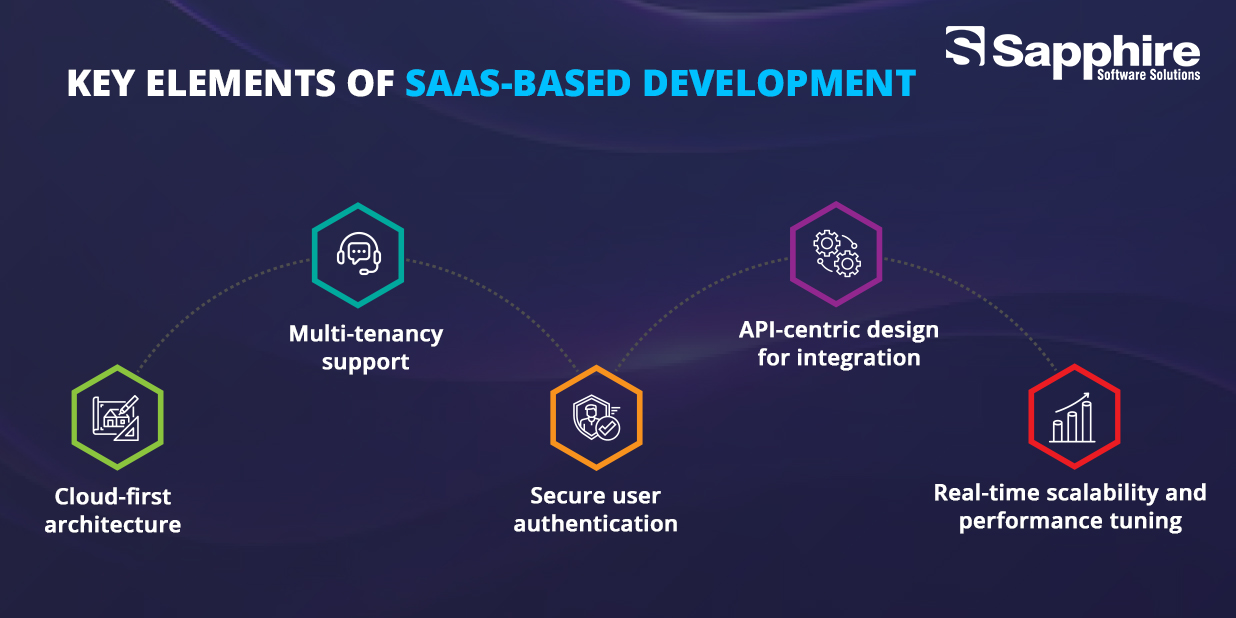
- Cloud-first architecture
- Multi-tenancy support
- Secure user authentication
- API-centric design for integration
- Real-time scalability and performance tuning
Working with professional SaaS development services is part of this process to make sure the final product satisfies business needs and is prepared for market expansion.
Examples of SaaS Applications:
The following are some actual SaaS apps that have transformed various industries:
Application |
Industry |
Purpose |
| Salesforce | CRM | Customer relationship management |
| Dropbox | Storage | Cloud file sharing and collaboration |
| Zoom | Communication | Video conferencing |
| Canva | Design | Online graphic design |
| HubSpot | Marketing | Inbound marketing and sales tools |
| QuickBooks | Finance | Cloud-based accounting software |
Without requiring complicated IT infrastructure, each of these apps offers specialised capabilities that increase productivity and streamline processes.
Top Benefits of Hiring Professional SaaS Development Services:
Working with a seasoned SaaS development business gives you more than simply software; it gives you a competitive edge.
- Access to Expertise: Experts contribute extensive understanding of the SaaS development process, from ideation to deployment.
- Faster Time to Market: The effective operation of specialized teams shortens development cycles and expedites the introduction of your product.
- Security First Approach: Experienced developers use the most recent encryption, authentication, and compliance procedures in response to growing concerns about the security of SaaS applications.
- Focus on UX/UI Design: Adoption or abandonment may be determined by how user-friendly a SaaS user interface is. Experts know how to keep things easy and efficient.
- Post-Launch Support: Continuous SaaS application management guarantees that your product changes to meet customer needs, from bug patches to updates.
What to Look for in a Reliable SaaS Development Company?
Choosing the appropriate development partner is essential. Here are a few essential requirements:
- Portfolio of SaaS Projects: Seek businesses that have developed and expanded SaaS applications across various industries with success.
- Robust Development Methodology: Workflows that are agile or DevOps-driven guarantee improved teamwork and on-time delivery.
- Security Standards: A respectable business will understand GDPR, data protection procedures, and SaaS application security.
- Scalability Focus: As your user base expands, it’s critical to have the capacity to scale down the features and infrastructure.
- Transparent Communication: Collaborative tools, milestone tracking, and frequent updates promote a positive development relationship.
How SaaS Applications Improve Productivity Across Industries:-
Let’s explore a few use cases unique to the sector.
1. Healthcare:
SaaS applications like Electronic Medical Records (EMRs) and telehealth platforms allow hospitals to manage appointments, billing, and patient data efficiently.
- Remote consultations via SaaS mobile apps
- Real-time patient data sharing
- Inventory and billing automation
2. Education:
LMS platforms (Learning Management Systems) enable online learning with video, quizzes, and progress tracking—all accessible from mobile and web platforms.
- Tools like Google Classroom and Canvas
- Centralized student and staff data
- Simplified content creation and grading
3. Finance:
From payroll systems to investment management tools, the finance sector is thriving with SaaS-based application development.
- Real-time financial reporting
- Secure data backups
- Integration with banks and tax systems
4. Retail:
Inventory, CRM, POS systems, and customer service tools all benefit from SaaS application development services.
- Seamless omnichannel experiences
- Customer behavior tracking
- Automated promotions and loyalty programs
5. Manufacturing:
Manage supply chains, production lines, and vendor relationships from a single platform.
- IoT device integration
- Real-time KPI dashboards
- Predictive maintenance systems
6. Marketing Agencies:
From email automation to SEO tracking, SaaS development services offer marketing agencies everything they need to streamline operations.
- Tools like Mailchimp, SEMrush, and Buffer
- Campaign analytics dashboards
- Team collaboration features
SaaS Application Architecture: The Backbone of Efficiency
An effective SaaS application design is the foundation of productivity. This comprises: Effective usage of resources among several customers is known as multi-tenancy.
- Microservices: Independent deployment through modular design
- API Gateways: Smooth connection to other services
- Elastic Infrastructure: Adjusts to demand in real time.
Databases that are resilient guarantee less downtime and data loss.
What Does the Future Hold for SaaS Applications?
The SaaS market is still developing, but it appears to have a bright future because of:
- AI-Powered Customization
- Interfaces Activated by Voice
- More Comprehensive Mobile Integration
- Develop with Low-Code/No-Code
- Advanced Analytics for SaaS
Companies will reap long-term benefits if they invest in the SaaS development process now.
Concluding:
SaaS apps are revolutionary in a world where success is determined by scalability, speed, and teamwork. These platforms reinvent productivity across many industries, from boosting customer satisfaction to operational efficiency.
Whether you want to improve your present tech stack or launch your product, collaborating with a seasoned SaaS development company can make all the difference.



















